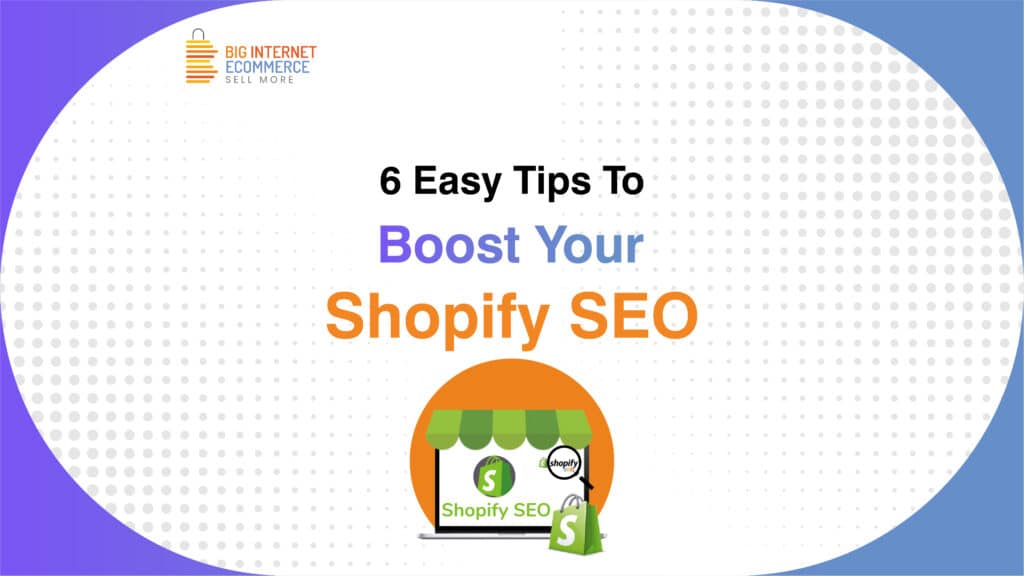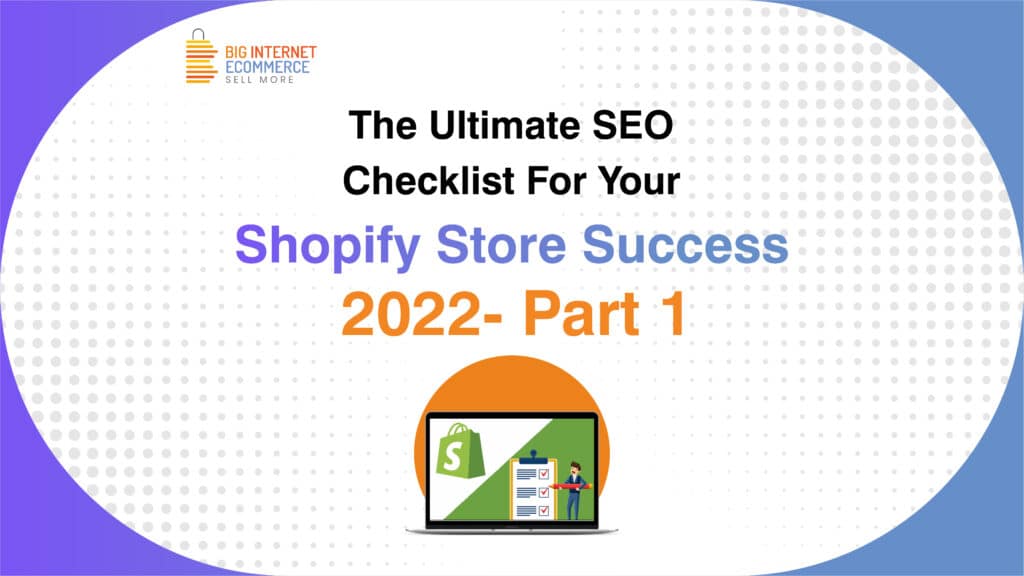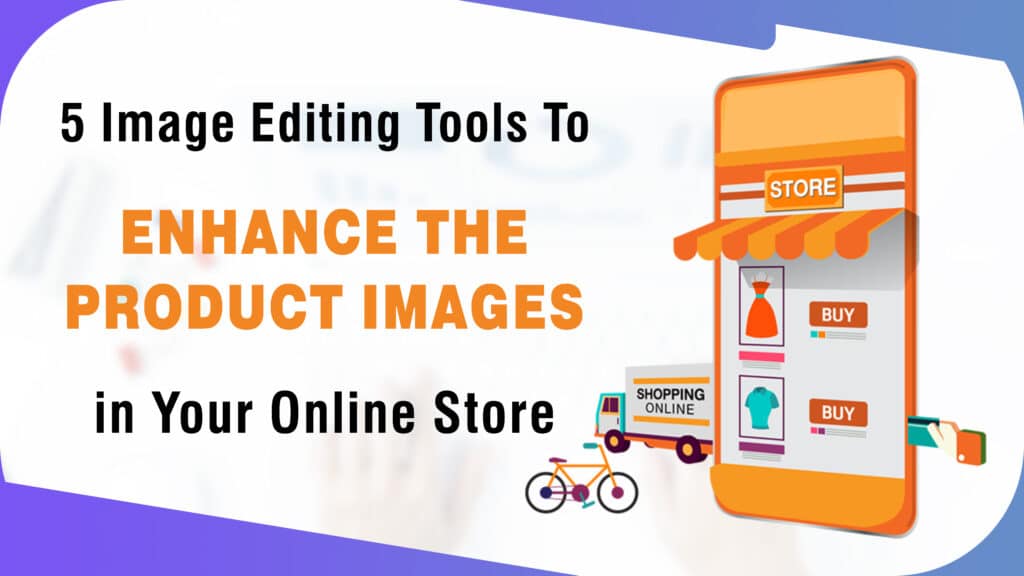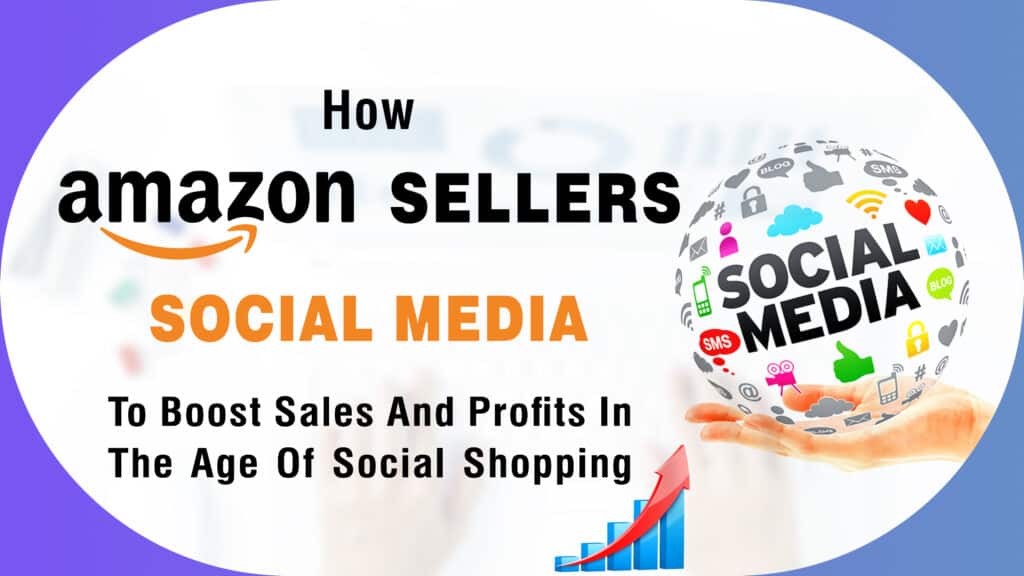Shopify SEO is the process of optimizing a Shopify online store to rank higher on search engine result pages (SERPs). However, several common SEO challenges can hinder your store’s search visibility. In this blog, we’ll explore the most prevalent SEO issues in Shopify and how to overcome them to boost your store’s rankings. Duplicate Content Issues Duplicate content occurs when multiple URLs lead to the same or very similar content. Shopify often generates duplicate content due to product variants or collections that have multiple URLs. This confuses search engines, which may not know which version to rank. Solution: Use canonical tags to tell search engines which page is the “main” version. This helps avoid penalties for duplicate content and ensures the correct URL is indexed. Inability to Edit Tag Pages Tags are an excellent way to organize the contents of your Shopify store and help customers identify the items they’re searching for on your website. The main disadvantage of using tag pages is the inability to optimize them easily. /collections/women-dresses /collections/women-shirts/micro-length /collections/women-shirts/mini-length /collections/women-shirts/midi-length /collections/women-shirts/maxi-length In this example, “women’s dresses” is the main page for the collection, and “micro-length”, “midi-length” and “maxi-length” are variations available on tag pages. Unfortunately, additional Shopify search engine optimization problems make it difficult for Shopify admin to add content to these pages. To add content, there are two options: Modify Your Shopify theme: Shopify comes with standard themes that are customizable. To add content, a code has to be added. Additionally, this tag has to be added to every page that requires customization making it a lengthy and laborious procedure. Download an application for Shopify: Shopify online store has a plethora of add-ons or applications that help optimize tag pages, though none allow users to edit the pages completely. Moreover, these apps could slow the speed of your website. Canonical URLs for Shopify Online Store Canonical URLs are essential HTML components that tell search engines which version of a page should be considered the primary one. Shopify can create multiple URLs for the same product or collection, leading to SEO issues. Problem: When multiple URLs lead to the same content, search engines may index the wrong page, leading to duplicate content penalties. Solution: Edit your Shopify theme to implement canonical URLs correctly. This will ensure that search engines recognize the main URL, preventing confusion and potential SEO harm. Breadcrumb URLs Breadcrumbs provide navigational assistance to both users and search engines by showing the page hierarchy. However, Shopify can sometimes generate incorrect breadcrumb URLs, which can confuse search engines and affect the page’s indexing. Problem: Incorrect breadcrumb hierarchies can make it harder for search engines to understand how your pages are structured, negatively impacting your site’s SEO. Solution: Edit the breadcrumb URLs in your theme’s code to ensure accurate category paths. Properly implemented breadcrumb URLs improve both SEO and user experience by making site navigation clear. Sitemap Issues Sitemaps are critical for ensuring that search engines can crawl and index your Shopify store efficiently. While Shopify automatically generates a sitemap, sometimes not all pages are indexed. Problem: If your sitemap is outdated or not submitted to search engines, critical pages may not be crawled or indexed, affecting your site’s visibility. Solution: Submit your sitemap manually to Google Search Console and other search engines to ensure all relevant pages are indexed. Regularly check for sitemap errors and ensure all new content is included. Image Alt Text Alt text is crucial for SEO as it helps search engines understand what your images represent. However, Shopify doesn’t always make it easy to add alt text to all images, particularly those embedded in themes or custom elements. Problem: Without proper alt text, search engines struggle to index images, reducing your SEO potential. Solution: Ensure all product and decorative images have descriptive alt text. You can add alt text directly through the Shopify theme editor for standard images or edit the theme code for more complex elements. Title Tag Issues Title tags are one of the most important on-page SEO factors, as they tell both users and search engines what your page is about. Shopify limits title tags to 70 characters, which can be restrictive when trying to include relevant keywords. Problem: Shopify’s title tag character limit may prevent you from fully optimizing for SEO, leading to missed ranking opportunities. Solution: Preview your title tags to ensure they include important keywords within the character limit while still being engaging. Keep titles concise and impactful to improve click-through rates and SEO. Shopify SEO Limitations for Meta Descriptions Meta descriptions summarize what your page offers, enticing users to click through from search results. Shopify limits meta descriptions to 320 characters, which can make it hard to convey the full value of your page. Problem: Limited character space can result in incomplete meta descriptions, reducing their effectiveness in driving clicks. Solution: Prioritize important information within the first 160 characters and include a call to action. Avoid duplicating meta descriptions across pages to enhance SEO and improve organic click-through rates. Poor URL Structure in Shopify Shopify automatically adds elements like /collections/ and /products/ to URLs, which can lead to long, cluttered URLs that are not user-friendly or SEO-optimized. Problem: Shopify’s URL structure can result in lengthy URLs with unnecessary elements, negatively impacting SEO and user experience. Solution: While you cannot remove these elements entirely, you can minimize their impact by ensuring your URLs are descriptive and concise. Use breadcrumbs and internal links to signal the page hierarchy to search engines. BOOK A FREE CONSULTING CALL Get Free Consultation Amazon Service Management










